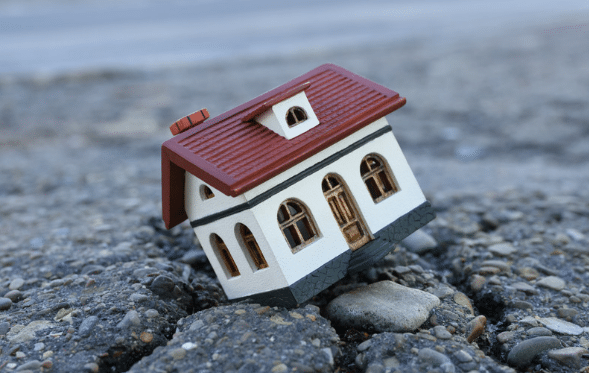Preparing for Natural Disasters
Published on
Share this article :

In this article, you will find the key information on where to start your preparation in case of a natural disaster here in Japan and resources we thought you might find useful.
Better be safe than sorry
When you are a foreigner planning a trip to Japan, whether it is for personal or professional reasons, there is one important topic that is often mentioned but rarely addressed: crisis management during natural disasters.
In October 2019, the Kanto region (Tokyo and surrounding prefectures) was hit by a massive typhoon, leading to the cancellation of Rugby World Cup games, severe disruptions to air and railway traffic, and thousands of homes and businesses being damaged.
During the summer break, international media also reported the possibility of a mega-quake following the earthquake in Miyazaki, which caused the Nankai Trough to shift.
While natural phenomena aren’t new to Japan, it’s important to know what to do if one turns into a disaster. In this article, we offer some simple steps and precautions to take when traveling in Japan, and at the end, you’ll find resources for further information.
Main disasters
First, it’s important to know that typhoons are seasonal, and it’s rare to encounter one outside the period from July to October. If you’re concerned about these storms, simply plan your visit outside this often hot period of the year.
As for earthquakes, they have no specific season or completely unaffected areas, so being prepared will make it easier to handle the situation.
Simple Precautions
- Make sure your government knows you’re in Japan (for French citizens, the “Ariane thread” is designed for this purpose). In case of a disaster requiring evacuation, this will greatly facilitate the process.
- Bring a pair of practical shoes (hiking or sports shoes) that fully protect your feet and are water repellent .
- Keep clean garbage bags on hand. A plastic garbage bag can have many uses in a crisis, such as storing drinking water or as an extra layer for warmth.
- Check emergency exits and gathering points. Japan has designated assembly points (schoolyards, parks, hotels, etc.). Signs on the street indicate the nearest rally points.
- Get information updates in a language you understand. Municipal loudspeakers announce risks and instructions, but only in Japanese. If you don’t understand, NHK World provides updates in English. You can also download apps like JNTO Safety Tips or Disaster Preparedness Tokyo. Social media can also be helpful for information sharing (though be cautious). Embassy websites are another resource for country-specific advice.
Bonus: If you stay in a hotel, a helmet should be available. Don’t hesitate to ask the staff.
Resources and Guides to Prepare and Protect Yourself:
- Disaster Preparedness Tokyo – Digital guide and App in English
- JNTO Safety Tips – Website and App
- MOFA(Minister of Foreign Affairs) – provides practical information
- NHK World – website (a leading English-language news source in Japan)
We hope this article has given you the tools to start preparing and launch your own research on the topic.
Safe travels !
Follow us on social media :
